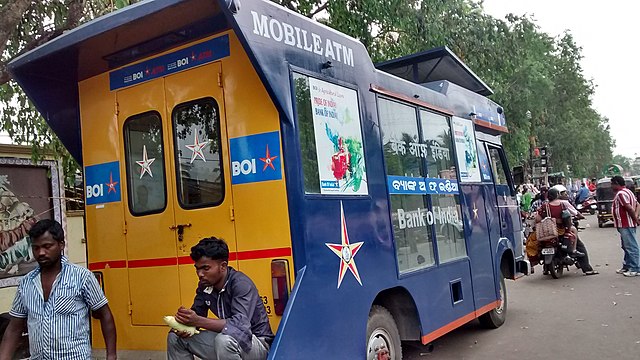India’s banking sector boasts a rich legacy, anchored by a dozen venerable institutions that have shaped the nation’s financial landscape. These banks have not only provided essential financial services but also propelled economic growth and innovation with some tracing their roots back over a century.
From the establishment of the Bank of India in 1906 to the nationalization of key banks in the 1960s and 70s, these institutions have been steadfast in their commitment to progress.
This article explores the histories of these 12 banks, highlighting their locations, founding years, and significant contributions to India’s banking sector.
12. United Bank of India
Location: Kolkata, West Bengal
Year of Establishment: 1950
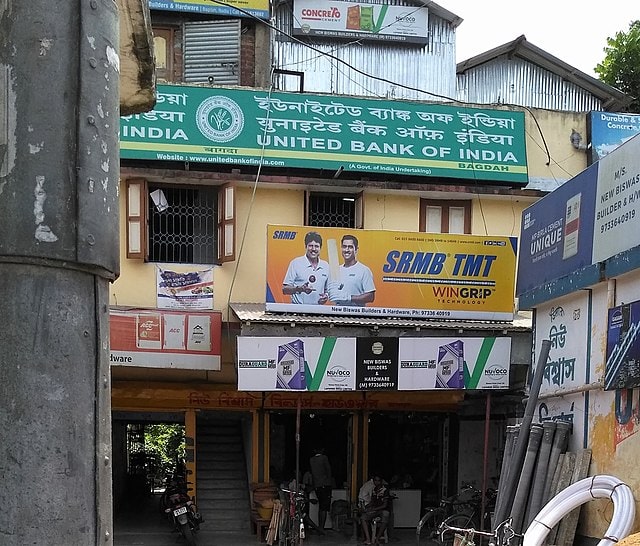
United Bank of India was formed by the merger of four banks, including Comilla Banking Corporation (1914) and Bengal Central Bank (1918). It played a crucial role in financing small and medium-sized industries in West Bengal and other eastern states of India.
Did You Know?
In 1969, United Bank of India was nationalized along with 13 other major banks in India, leading to significant changes in its operations and governance.
11. UCO Bank
Location: Kolkata, West Bengal
Year of Establishment: 1943
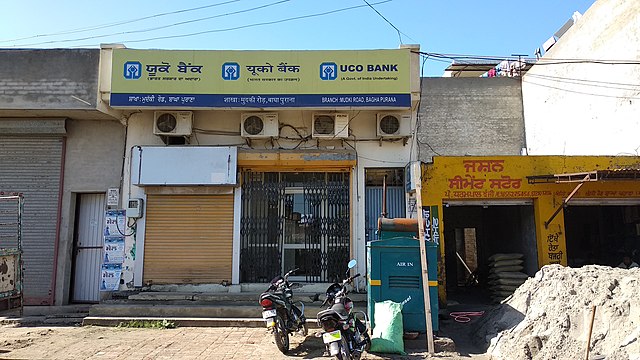
UCO Bank was established during the pre-independence era and has since played a crucial role in the country’s economic development.
The bank has a strong national presence focusing on providing financial services to all segments of society. UCO Bank was nationalized in 1969, after which it expanded its branch network across India.
Did You Know?
UCO Bank offers various banking products and services, including loans, savings accounts, and investment options. It has been recognized for promoting financial inclusion and has implemented various initiatives to reach out to unbanked populations, especially in rural areas.
10. Bank of Maharashtra
Location: Pune, Maharashtra
Year of Establishment: 1935
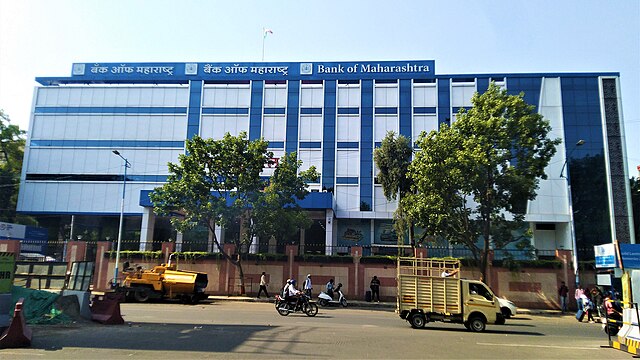
Bank of Maharashtra has been a key player in the banking sector, particularly in the state of Maharashtra.
It has a strong presence in rural and semi-urban areas, contributing significantly to the government’s financial inclusion drive. The bank has a robust network of branches and ATMs, offering a wide range of banking products and services.
Did You Know?
Bank of Maharashtra was nationalized in 1969, further strengthening its position in the banking industry. The bank has been recognized for promoting financial literacy and has received several awards for its contribution to the banking sector
9. Union Bank of India
Location: Mumbai, Maharashtra
Year of Establishment: 1919
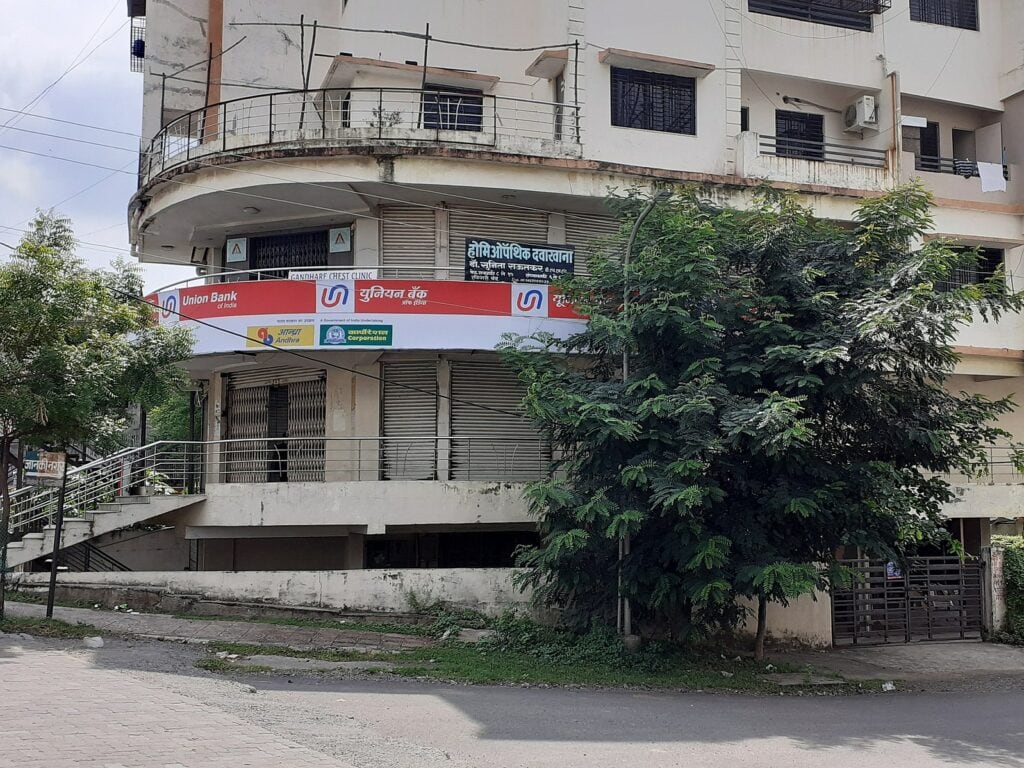
Union Bank of India has a rich history of serving various sectors of the economy. Over the years, it has been pivotal in supporting small and medium enterprises (SMEs), agriculture, and retail banking.
The bank has been known for its innovative banking products and customer-centric approach.
Did You Know?
Union Bank of India was one of the first banks in India to introduce branch banking. It has also been actively involved in various social initiatives, including education and healthcare.
8. Central Bank of India
Location: Mumbai, Maharashtra
Year of Establishment: 1911
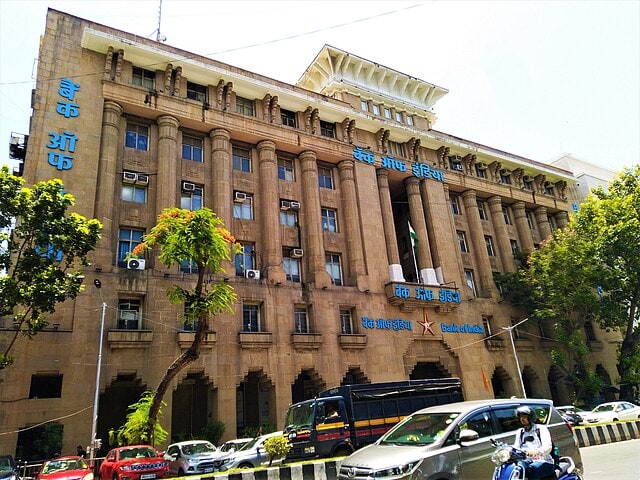
Central Bank of India has played a crucial role in the economic development of India since its establishment. It has been at the forefront of introducing various banking innovations and has been instrumental in providing banking services to the unbanked population in rural areas.
Central Bank of India has a strong presence in Maharashtra and has been actively involved in community development programs.
Did You Know?
The Central Bank of India building in Mumbai is an iconic structure known for its unique architecture. It has been a landmark in the city since its construction and reflects the bank’s commitment to excellence in banking and architecture.
7. Bank of Baroda (BoB)
Location: Vadodara, Gujarat
Year of Establishment: 1908
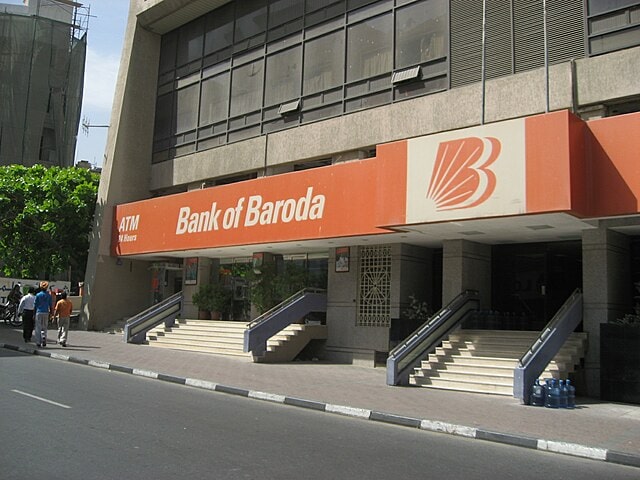
Bank of Baroda is an international bank with a strong presence in India and abroad. It has played a significant role in the development of banking practices in India and has been a pioneer in introducing innovative banking solutions.
Over the years, Bank of Baroda has expanded its operations globally, serving customers in various countries. It has been recognized for its commitment to customer service and has won several awards for its banking products and services.
Did You Know
Bank of Baroda was the first Indian bank to open a branch outside the country in Mombasa, Kenya, in 1953. Over the years, it has significantly expanded its international presence and now operates in multiple countries, making it a truly global bank.
6. Indian Bank
Location: Chennai, Tamil Nadu
Year of Establishment: 1907

Indian Bank was established as part of the Swadeshi movement to promote indigenous industries. Over the years, the bank has been recognized for its innovative banking practices and technological advancements.
It has received several awards for its performance and customer service. Indian Bank has played a significant role in promoting financial literacy and inclusion, especially in rural areas.
Did You Know?
Indian Bank was one of the first banks in India to introduce credit cards and mobile banking services, demonstrating its commitment to adopting new technologies to improve customer experience.
5. Bank of India
Location: Mumbai, Maharashtra
Year of Establishment: 1906
Photo Source: Wikimedia Commons
Bank of India was founded on September 7, 1906, by a group of eminent businessmen from Mumbai. It was the first bank in India to be entirely owned and managed by Indians.
The bank played a crucial role in the economic history of Bombay and the rest of the country. Over the years, Bank of India has expanded its operations both domestically and internationally, becoming one of the leading banks in India.
Did You Know?
Bank of India was the first Indian bank to open a branch outside India in London in 1946. This marked the beginning of the bank’s international presence and its commitment to serving the global Indian community.
Today, Bank of India has a widespread network of branches and ATMs across India and several countries around the world, offering a wide range of banking products and services.
4. Canara Bank
Location: Bangalore, Karnataka
Year of Establishment: 1906
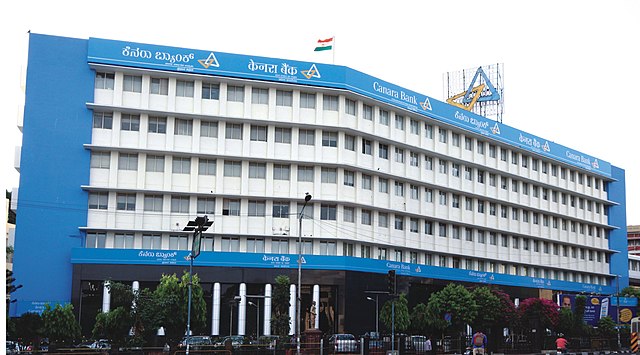
Canara Bank, founded by Ammembal Subba Rao Pai, is another prominent bank with a rich history in India.
Established initially as Canara Hindu Permanent Fund in Mangalore, the bank later changed its name to Canara Bank Limited in 1910. Canara Bank has played a significant role in the economic development of India, particularly in the southern region.
Canara Bank has a strong presence in the banking sector, offering its customers a wide range of products and services.
The bank has also expanded its operations globally, with branches in several countries. Canara Bank’s commitment to customer satisfaction and innovation has helped it maintain its position as one of the leading banks in India.
Did You Know?
Canara Bank was nationalized in 1969, along with 13 other banks, as part of the government’s efforts to strengthen the banking sector and promote financial inclusion.
This move helped Canara Bank expand its reach and impact, further solidifying its position as a key player in India’s banking sector.
3. Punjab National Bank (PNB)
Location: New Delhi, Delhi
Year of Establishment: 1894
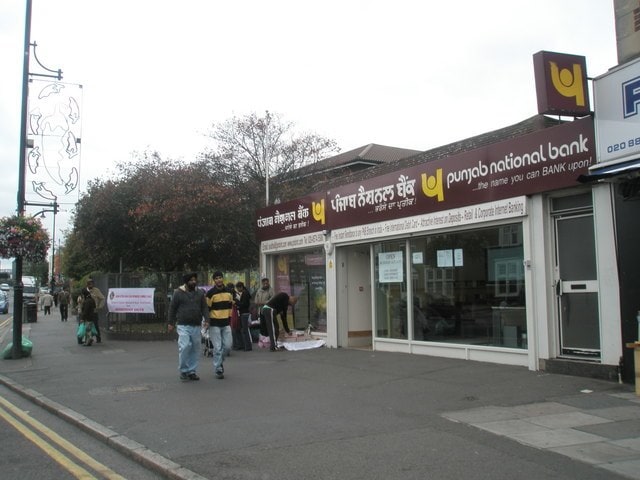
Punjab National Bank, established in Lahore, is one of the oldest banks in India. Founded by Lala Lajpat Rai, Lala Harkishen Lal, and several other prominent leaders, PNB played a crucial role in India’s independence movement.
The bank faced numerous challenges during its early years, including financial instability and the effects of World War I. However, it persevered and became one of India’s leading banks.
Over the years, PNB has expanded its operations and services, offering its customers a wide range of banking products.
It has also embraced technological advancements, introducing online and mobile banking services to cater to the changing needs of its customers. PNB’s commitment to excellence and customer satisfaction has helped it maintain its position as one of the most trusted banks in India.
Did You Know?
In 1986, Punjab National Bank became the first Indian bank to introduce a fully computerized branch. This technological milestone marked a new era in the banking sector in India, highlighting PNB’s commitment to innovation and efficiency.
2. Allahabad Bank
Location: Kolkata, West Bengal
Year of Establishment: 1865
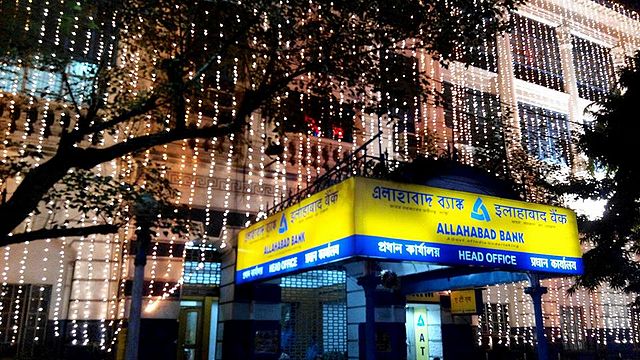
Founded in Allahabad, Uttar Pradesh, by a group of Europeans, Allahabad Bank is the oldest joint-stock bank in India. It opened its first branch in Kolkata in 1867 and played a key role in India’s economic growth during the pre-independence era.
Did You Know?
Allahabad Bank was nationalized in 1969, along with 13 other banks, as part of the government’s efforts to bring banking services to rural areas and prioritize economic development.
1. State Bank of India (SBI)
Location: Mumbai, Maharashtra
Year of Establishment: 1806
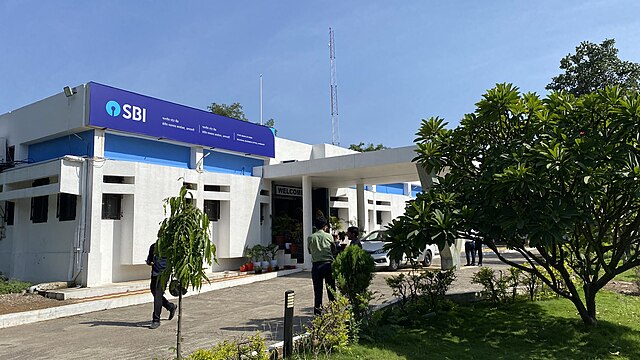
The State Bank of India (SBI) is one of the oldest and largest banks in India. It traces its roots back to the Bank of Calcutta, established in 1806.
Over the years, it underwent several name changes and mergers before becoming the State Bank of India in 1955. SBI played a crucial role in developing the Indian economy, especially after independence, by providing banking services to rural and urban areas alike.
Today, SBI offers a wide range of banking products and services, including retail banking, corporate banking, and international banking. It has a strong presence not only in India but also in several other countries around the world.
Did You Know?
The State Bank of India was the first bank in India to issue rupee loans against personal gold jewelry. This initiative helped millions of Indians access much-needed credit for various purposes, including business expansion and education.
Conclusion
The 12 oldest banks in India have played a pivotal role in the country’s banking sector, shaping its financial landscape and contributing significantly to its economic growth.
These banks have stood the test of time, evolving with the changing times and continuing to serve the nation with dedication. As India’s banking sector continues to evolve, these banks are poised to play a key role in shaping its future.



